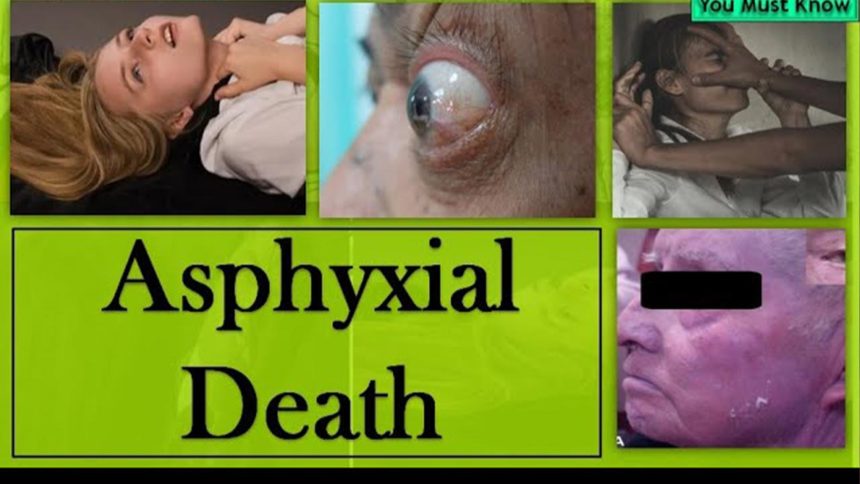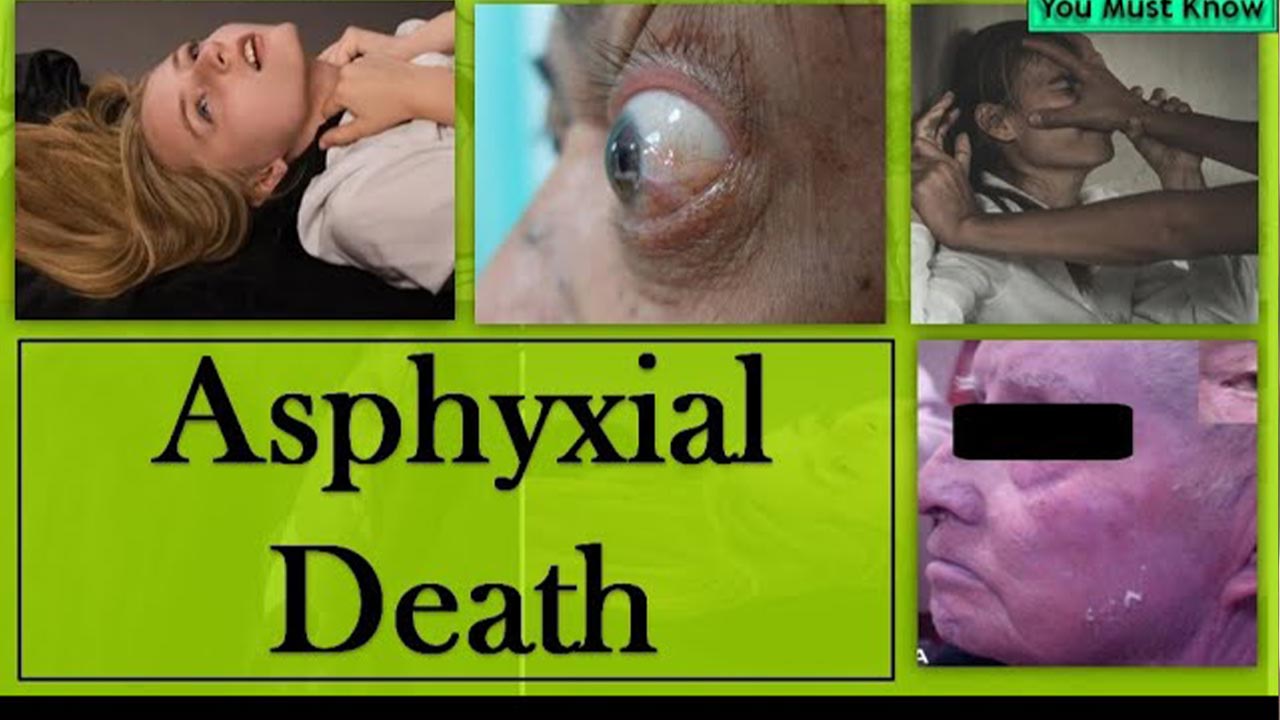Asphyxial Death : Asphyxial death is a serious medical condition that occurs when the body is deprived of oxygen, leading to unconsciousness, brain damage, and eventually, death. It can happen due to various causes, including choking, drowning, suffocation, and carbon monoxide poisoning.
Understanding asphyxial death is crucial, as it can help prevent fatalities due to oxygen deprivation. In this article, we will delve into the meaning and implications of asphyxial death, as well as ways to prevent it.
What is Asphyxial Death?
Asphyxial death, also known as asphyxia, is a medical condition that occurs when the body is deprived of oxygen, leading to unconsciousness, brain damage, and eventually, death. This can happen due to various causes, including choking, drowning, suffocation, and carbon monoxide poisoning. Understanding asphyxial death is crucial, as it can help prevent fatalities due to oxygen deprivation.
Asphyxia is a condition characterized by a lack of oxygen supply to the body, which can lead to unconsciousness or even death. There are several ways in which this can occur, such as when an individual’s airway is blocked, they are unable to breathe properly, or they are exposed to toxic substances. The outcome of asphyxia depends on the duration and severity of the oxygen deprivation, as well as the individual’s overall health.
One common cause of asphyxia is choking, which occurs when an object blocks the airway and prevents oxygen from reaching the lungs. Choking can happen when a person eats too quickly or consumes large pieces of food that become lodged in the throat. Drowning is another form of asphyxia that occurs when an individual’s airway is filled with water, preventing them from breathing. Suffocation occurs when an individual’s air supply is cut off, such as when they are trapped in a confined space or buried under debris.
Asphyxial Death Meaning :
Carbon monoxide poisoning is another cause of asphyxial death, which occurs when an individual inhales a toxic gas that replaces oxygen in the bloodstream. Carbon monoxide is produced by fuel-burning appliances, such as gas stoves, heaters, and furnaces. Symptoms of carbon monoxide poisoning include headache, nausea, dizziness, confusion, and loss of consciousness.
Preventing asphyxiation requires being cautious and aware of potential hazards. For example, it is essential to chew food thoroughly and avoid eating too quickly to prevent choking. Swimming in designated areas and wearing life jackets can prevent drowning. Ensuring proper ventilation and avoiding the use of fuel-burning appliances in enclosed spaces can help prevent carbon monoxide poisoning.
Frequently Asked Questions (FAQ’s) :
Q1. What is the most common cause of asphyxial death?
Ans. The most common cause of asphyxial death is choking, which occurs when an object blocks the airway and prevents oxygen from reaching the lungs.
Q2. What are the symptoms of carbon monoxide poisoning?
Ans. Symptoms of carbon monoxide poisoning include headache, nausea, dizziness, confusion, and loss of consciousness.
Q3. How can drowning be prevented?
Ans. Drowning can be prevented by swimming in designated areas and wearing life jackets.
Q4. What is suffocation?
Ans. Suffocation occurs when an individual’s air supply is cut off, such as when they are trapped in a confined space or buried under debris.
Q5. How can asphyxiation be prevented?
Ans. Asphyxiation can be prevented by being cautious and aware of potential hazards, such as chewing food thoroughly, avoiding swimming in hazardous areas, and ensuring proper ventilation.
We hope you have enjoyed our work, if you liked it Please help us reach more people like You. Share this article with your Friends using below buttons. Sharing is Caring 💗









